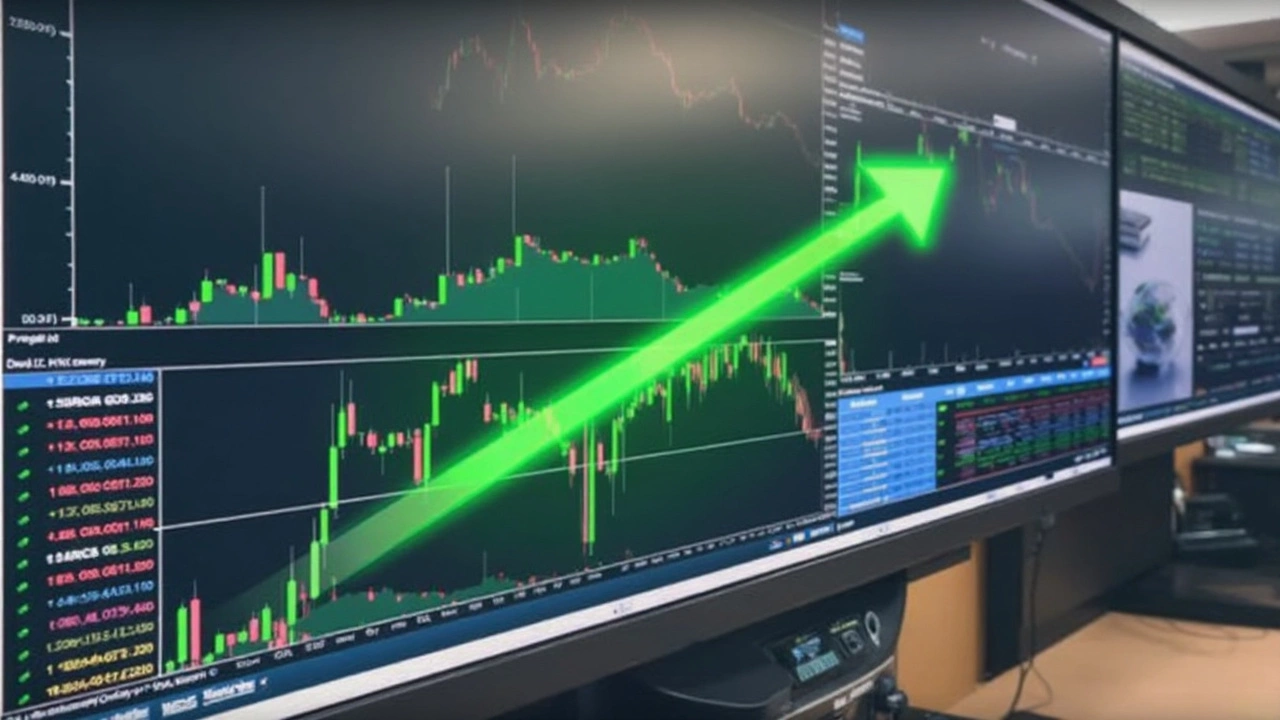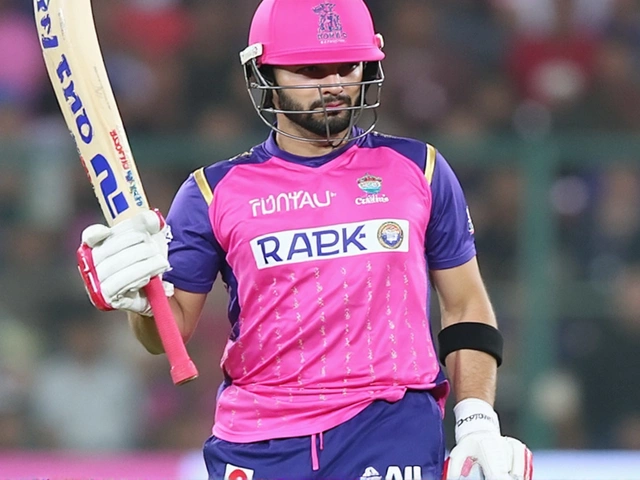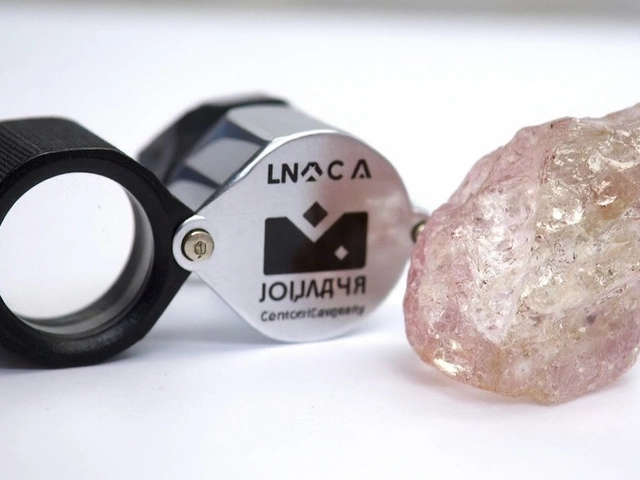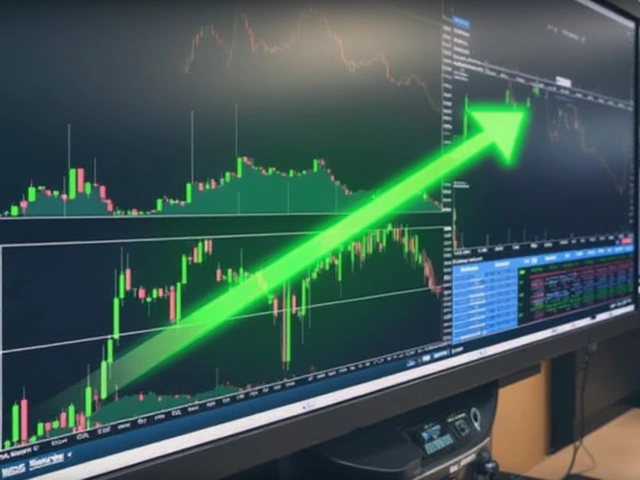Why Are CDSL Share Price Targets All Over the Map?
CDSL, short for Central Depository Services (India) Limited, has become a hot topic among stock watchers. Multiple research platforms have tossed out numbers for its 2025 and 2027 share price targets that don’t just differ—they practically live on different planets. Some put the target sky-high, while others play it safer, and that’s leaving investors a bit dizzy. So what's driving all this buzz and disagreement?
Let’s start with the most optimistic predictions. Exla Resources is betting big, penciling in a CDSL share price target between ₹2,953 and ₹3,332 for 2025, topping out at ₹3,332 by December. And the enthusiasm seems to snowball in the following years, with projections climbing to around ₹3,787 for December 2026 and touching ₹4,280 by December 2027. These numbers sound thrilling, especially for anyone who already holds the stock or plans to jump in.
But not everyone is seeing the same fireworks. Munafa Sutra and TradingView are pretty cautious by comparison. Their 2025 targets are much lower—anywhere from ₹1,000 on the downside to ₹2,989 on the upside, with a conservative median of ₹1,433. For context, that widest gap says a lot about how uncertain or volatile CDSL’s journey could be in the short to mid-term.

Valuation Metrics and Indian Market Drama
Equitymaster, one of the more established analysts in the mix, looks at the fundamental story. The platform notes that CDSL is trading at a PE ratio of 46.51, which is consistent with how it’s performed in the past. A high PE isn’t necessarily bad—it often means investors are willing to pay more for future growth—but it does raise some eyebrows for those worried about a market correction. The problem is, high valuation also makes you an easy target for any negative sentiment in the sector or regulatory curveballs.
So, what’s really at play? CDSL runs one of the two main depositories in India, which means it holds and manages stocks in demat form for millions of investors. As more Indians pile into the markets, CDSL’s business naturally gets a jolt. The rapid growth in first-time investors and record-high demat account openings have fueled excitement. But every boom has its risk—what if regulations change, or the flow of new investors slows?
Despite the rosy numbers from some corners, most analysts agree on one thing: you simply can’t follow a single forecast blindly. Market conditions can shift in months as government policies and global cues jolt sentiment. Even seemingly bulletproof growth sectors can face sudden bumps. This split in opinion actually says you’ve got to do your homework, weigh all the risks, and not just chase the highest target.
India’s capital markets are evolving. CDSL, a major player in that ecosystem, naturally drags its share price forecasts along for the ride—sometimes up, sometimes down. No matter where you look, the only guarantee is that the road ahead will be anything but boring.







